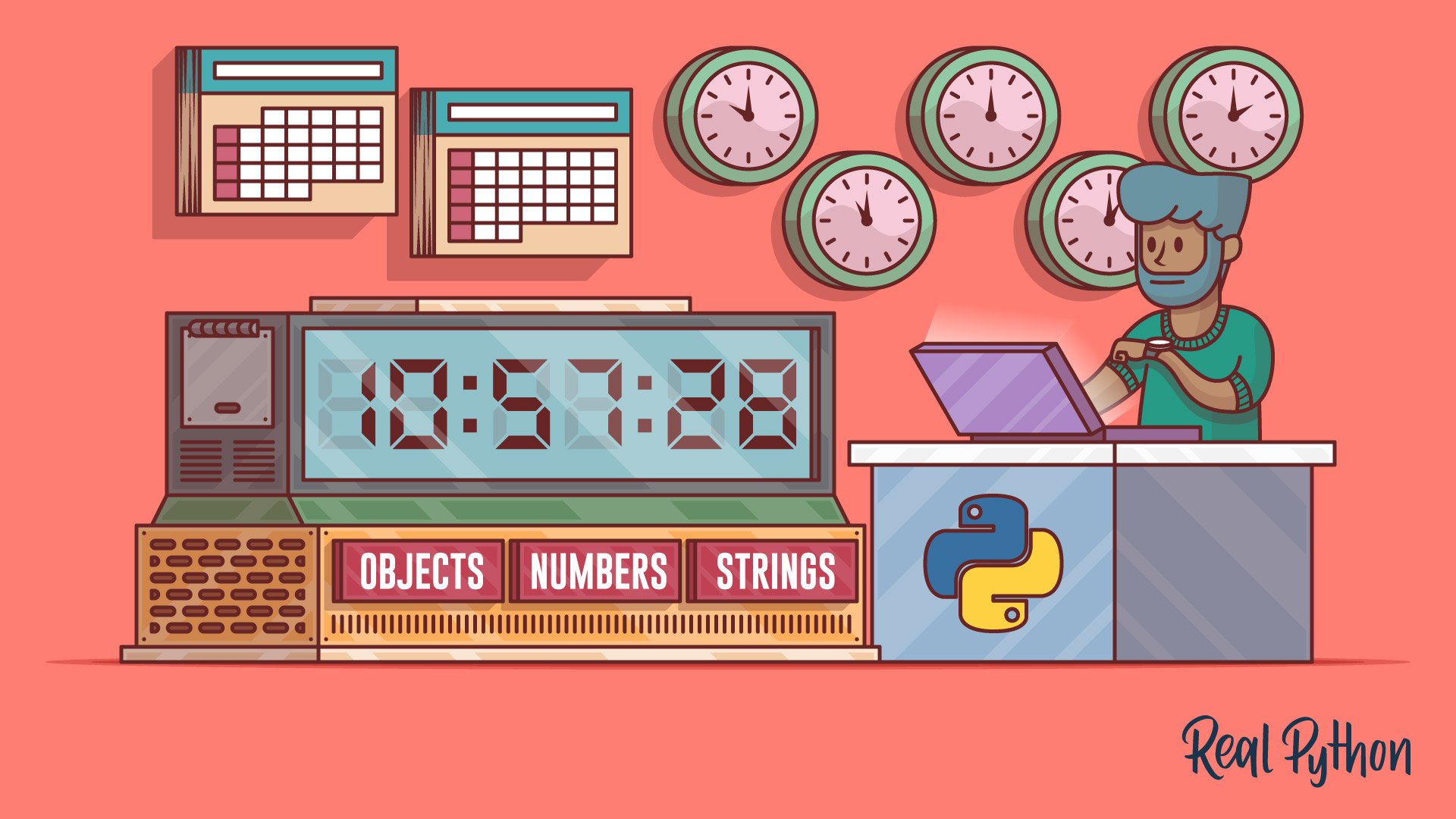The Python time module provides many ways of representing time in code, such as objects, numbers, and strings. It also provides functionality other than representing time, like waiting during code execution and measuring the efficiency of your code.
This course will walk you through the most commonly used functions and objects in time.
By the end of this course, you’ll be able to:
- Understand core concepts at the heart of working with dates and times, such as epochs, time zones, and daylight savings time
- Represent time in code using floats, tuples, and
struct_time - Convert between different time representations
- Suspend thread execution
- Measure code performance using
perf_counter()
What’s Included:
- 7 Lessons
- Video Subtitles and Full Transcripts
- 2 Downloadable Resources
- Accompanying Text-Based Tutorial
- Q&A With Python Experts: Ask a Question
- Certificate of Completion
Downloadable Resources:








Vasanth Baskaran on Aug. 24, 2021
This course served the purpose for my today’s need. Wonderful course to get to know about core of time module. Thanks @Liam Pulsifer